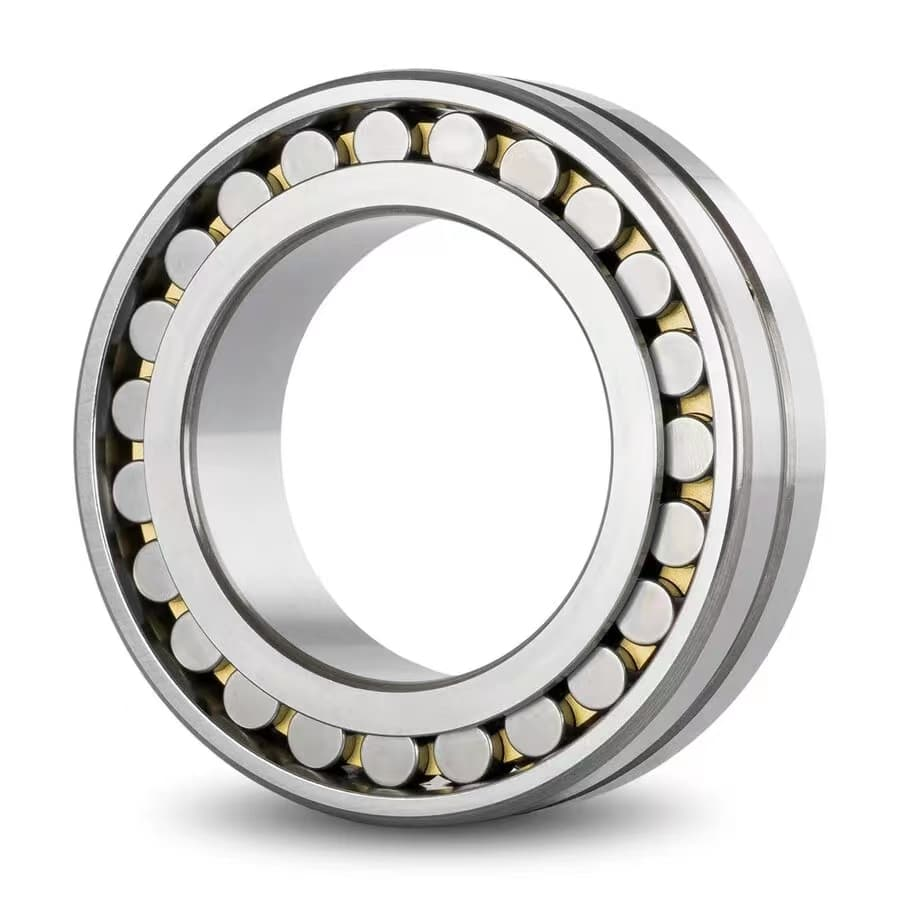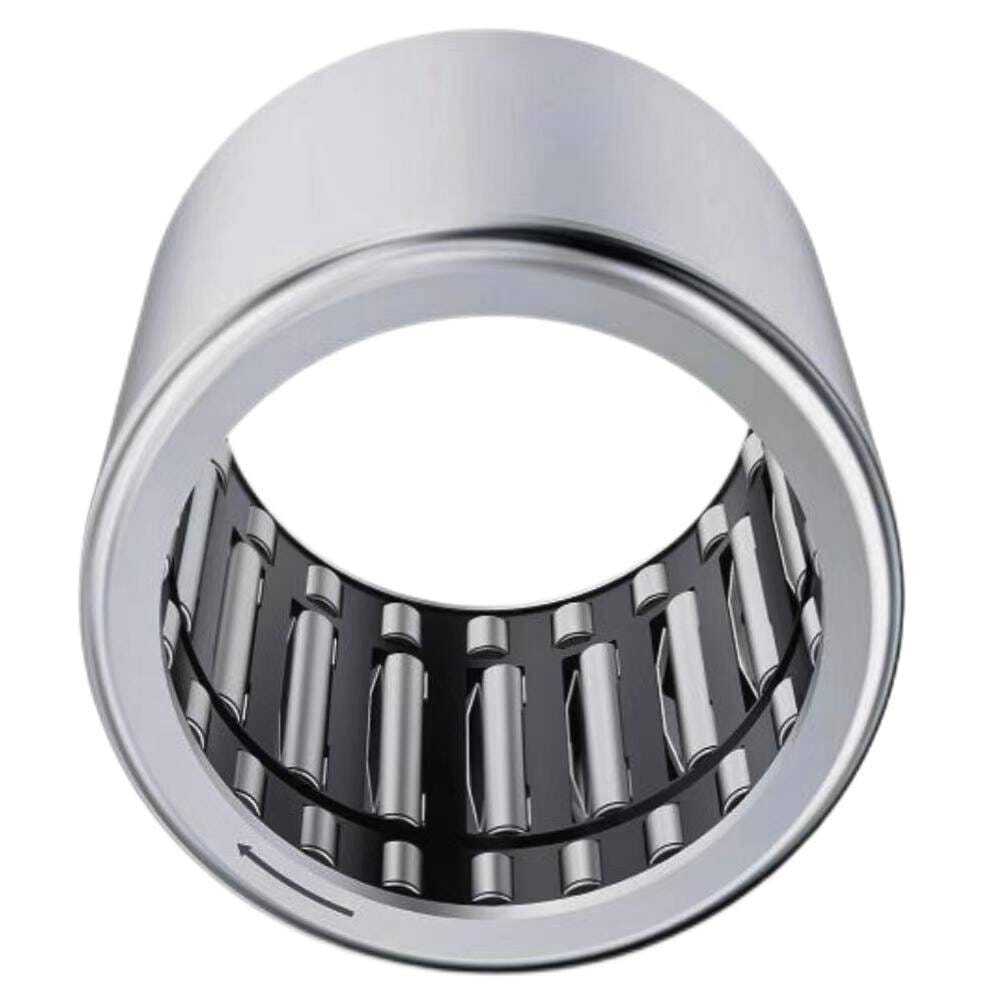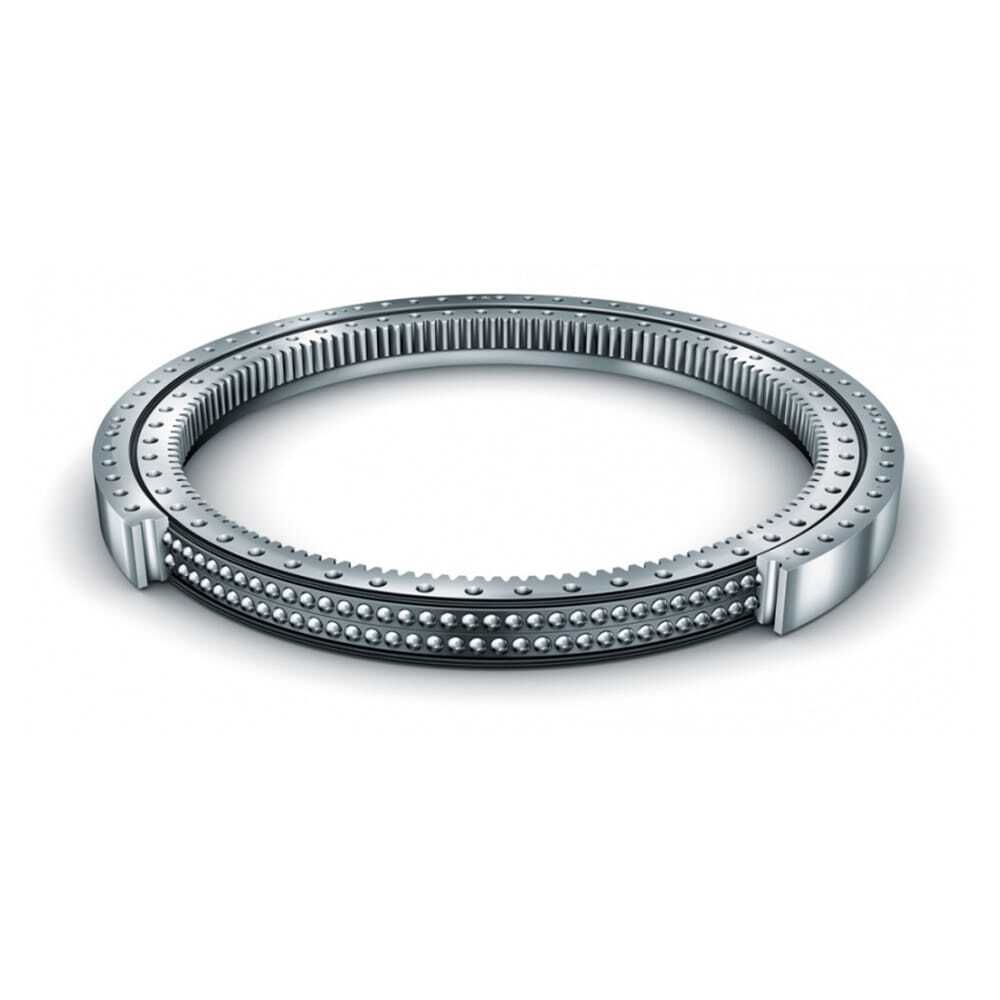What Are Bearings and Their Functions?
Bearings are often unseen, yet they play a fundamental role in ensuring the smooth and efficient functioning of countless machines, devices, and...

Roller bearings are vital components in modern machinery.
They play a critical role in ensuring smooth, efficient, and reliable operation across a wide range of industries.
This blog explores the versatility and applications of roller bearings in various industries.
Roller bearings reduce friction between the rotating wheel and the axle, making movement efficient.
These bearings handle the car's weight and the forces from turning or cornering, ensuring stability.
Built to last, they can handle constant use and rough roads, keeping the wheels reliable and durable.
In vehicle transmissions, roller bearings help manage both types of loads: radial loads and axial loads.
They support rotating parts like gears and shafts, ensuring the system runs smoothly.
This helps the gears shift easily and the equipment lasts longer by reducing friction and wear.
Roller bearings are used in crankshafts and camshafts to reduce friction and help the engine run smoothly.
This makes the engine more efficient, improves performance, and helps it last longer.
Roller bearings help conveyors carry heavy loads and move smoothly. They reduce friction, making it easier for the conveyor belts to transport materials efficiently and last longer.
Roller bearings are important in gearboxes and electric motors because they reduce friction.
They also help manage high radial loads, improving efficiency and durability.
By allowing parts to move smoothly, roller bearings prevent wear and tear.
This improves the efficiency and lifespan of the gearbox or motor.
This helps the system work more reliably, even under heavy loads and high speeds.
Roller bearings in pumps and compressors support rotating shafts and reduce vibration.
They make the parts move smoothly, improve efficiency, and help the equipment last longer by preventing wear.
In excavators and bulldozers, roller bearings help the track rollers move smoothly.
They also support the hydraulic parts, helping them last longer.
They support heavy weights, reduce friction, and improve the efficiency of the machinery.
In cranes, roller bearings play a key role in supporting heavy loads in winches and pulleys.
They reduce friction, allowing the parts to move smoothly under pressure.
This helps lift and move heavy objects more efficiently. This also increases the reliability and lifespan of the crane.
In tractors and harvesters, roller bearings help rotating parts move smoothly and reduce friction.
This makes the equipment work better, last longer, and need less maintenance.
In equipment like balers, plows, and other farm machinery, roller bearings help parts move smoothly.
They reduce friction, making the machines work better, last longer, and handle heavy loads more easily.
In washing machines, roller bearings help the drum spin smoothly and quietly.
They reduce friction, making the machine run efficiently and last longer.
In refrigerators, roller bearings help the compressor parts move smoothly, reducing friction.
This makes the refrigerator work more efficiently and last longer.
In MRI machines and X-ray equipment, roller bearings help parts move smoothly.
They also ensure accurate movement for reliable imaging.
This ensures clear images and reliable performance in medical procedures.
In dental tools, roller bearings help the parts rotate smoothly and reliably.
This makes the tools work better and last longer during procedures.
In aircraft engines, roller bearings help turbines and jet engines handle heavy loads and reduce friction.
This makes the engine run smoothly, efficiently, and last longer.
In landing gear systems, roller bearings support heavy loads during takeoff and landing.
They help the parts move smoothly, reducing friction and ensuring the gear can handle the stress of the aircraft's weight during these critical moments.
Cylindrical rolling elements in roller bearings can support higher loads than ball bearings. This is because they have a larger contact area.
This allows them to distribute the load more evenly, making them better at handling high radial and thrust loads.
Roller bearings are built to be strong and durable, making them perfect for tough environments and heavy-duty use.
Made from materials like steel or ceramic, they resist wear, corrosion, and heat.
Their design helps spread heavy loads evenly, allowing them to perform well in industries like construction, automotive, and manufacturing.
Cylindrical Roller Bearings: These bearings have straight rollers and are ideal for handling heavy radial loads. They are commonly used in applications like electric motors, gearboxes, and conveyors.
Tapered Roller Bearings: Featuring tapered rollers, these bearings are designed to handle both radial and axial loads. They are perfect for high-load applications such as automotive wheel hubs, transmissions, and machine tool spindles.
Spherical Roller Bearings: With barrel-shaped rollers, these bearings can handle both radial and axial loads. They are self-aligning, making them great for applications with misalignment issues. They are commonly used in heavy-duty machinery like crushers, mining equipment, and large motors.
Needle Roller Bearings: These bearings use long, thin rollers and are ideal for applications with limited space. They can support high radial loads and are typically used in automotive engines, pumps, and compact machinery.
Roller bearings are important for smooth and efficient machinery operation.
To get the best performance and durability for your machinery, explore different types of bearings.
Consult with LILY BEARING to identify the most suitable option for your specific needs.

Bearings are often unseen, yet they play a fundamental role in ensuring the smooth and efficient functioning of countless machines, devices, and...

Heavy duty roller bearings are designed to handle heavy loads in challenging conditions. Roller bearings are crucial in many industries that deal...

Bearings are essential mechanical components used to reduce friction between moving parts. Among the various types of bearings, needle bearings and...